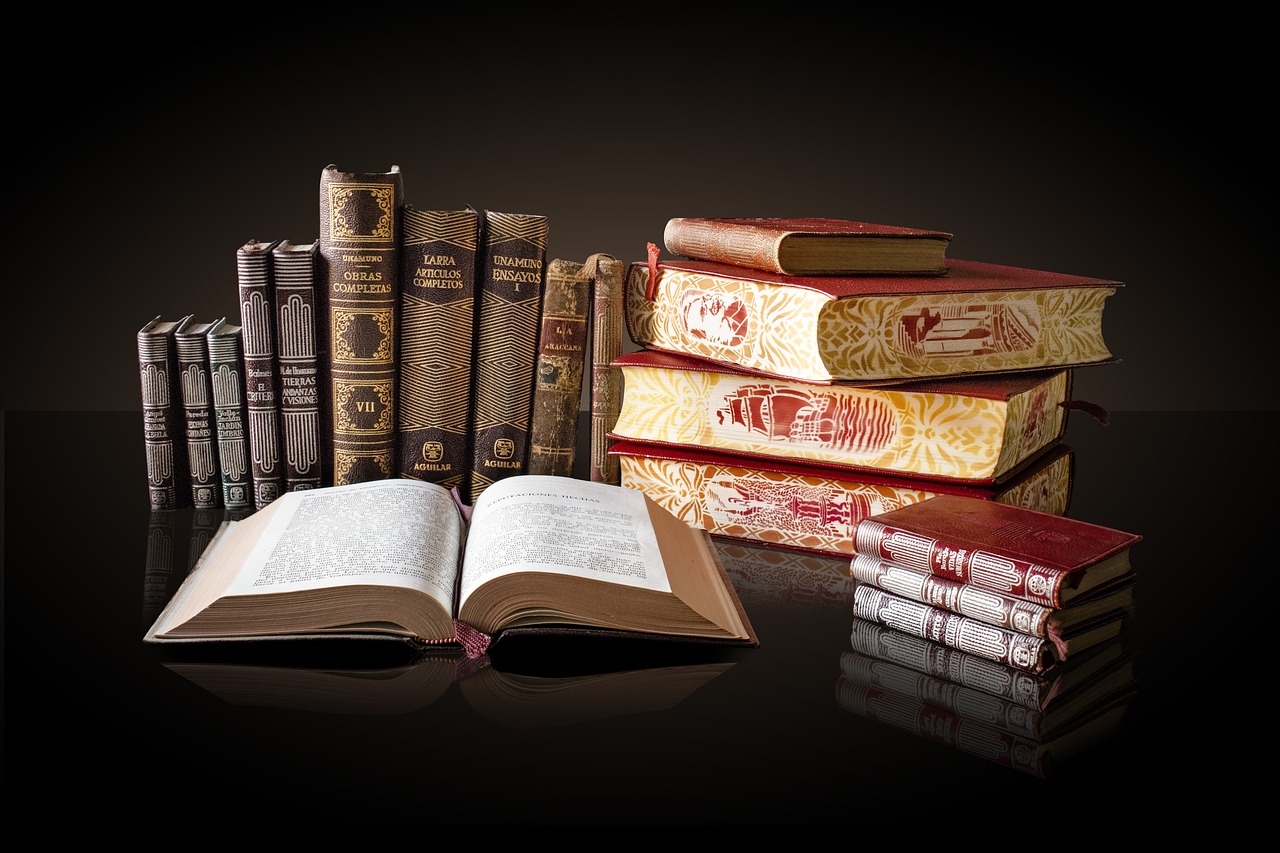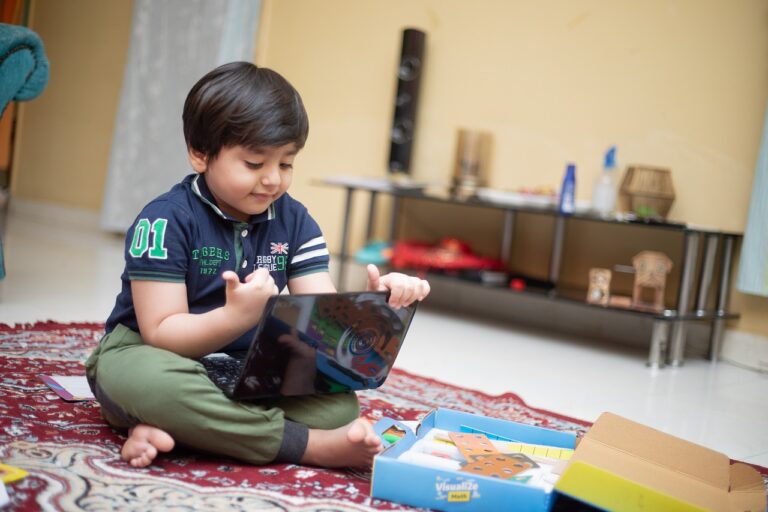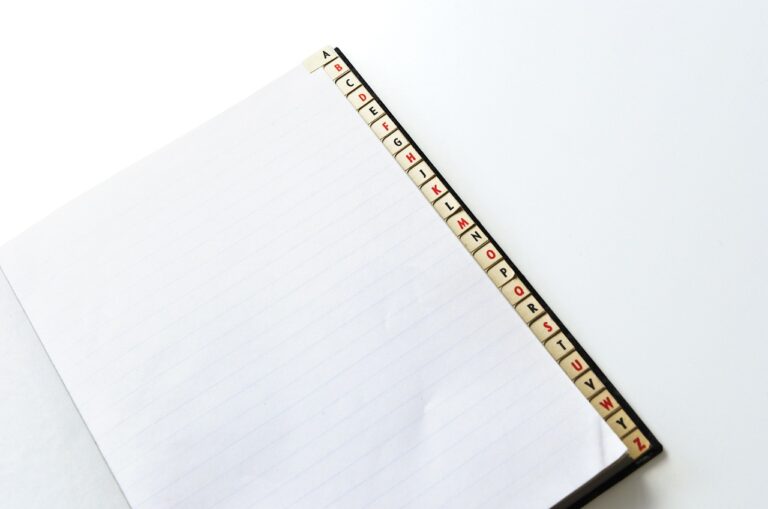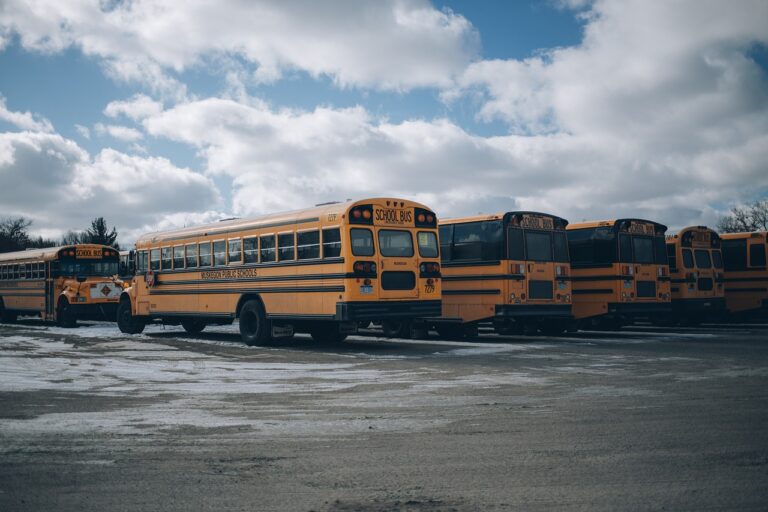Integrating Technology into Arts Education: Exploring Creative Expression and Innovation
Incorporating technology into arts education offers diverse opportunities for creative exploration and skill development. Through digital tools and platforms, students can engage in interactive learning experiences that enhance their understanding of various art forms. Technology also provides a platform for students to showcase their work to a wider audience, fostering a sense of pride and motivation.
Furthermore, the integration of technology in arts education can help break down barriers to access for students who may not have easy access to traditional art supplies or facilities. With the use of digital media, students can experiment with different techniques and styles without the constraints of physical materials. This can empower students to explore their creativity in new ways and develop a deeper appreciation for the arts.
Challenges Faced when Implementing Technology in Arts Education
When incorporating technology in arts education, one common challenge faced is the resistance to change. Some educators and artists may be hesitant to embrace new tools and platforms, preferring traditional methods instead. This resistance can hinder the adoption of technology in the classroom and limit the creative possibilities it offers.
Another challenge is the lack of access to technology and resources. Not all schools or art programs may have the necessary tools, such as computers, software, or high-speed internet, to effectively integrate technology into their curriculum. This digital divide can create disparities in learning opportunities for students and make it difficult for educators to explore the full potential of technology in arts education.
Examples of Successful Integration of Technology in Arts Education
In recent years, various educational institutions have embraced the integration of technology in arts education to enhance learning experiences for students. One such example is the use of virtual reality (VR) technology in visual arts classes. By utilizing VR headsets, students can explore and create art in immersive virtual environments, allowing for a more interactive and engaging learning process. This technology not only sparks creativity but also provides access to resources and experiences that may not be readily available in traditional art classrooms.
Another successful integration of technology in arts education is the incorporation of digital platforms for music composition and production. Software applications such as GarageBand and Ableton Live have revolutionized the way students learn and create music. These tools enable students to experiment with different sounds, instruments, and arrangements, fostering their musical skills and understanding. Through the use of technology, students can collaborate on projects, receive real-time feedback, and produce professional-quality recordings, expanding their musical horizons beyond what was once possible.
What are some benefits of incorporating technology in arts education?
Some benefits of incorporating technology in arts education include increased student engagement, access to a wider range of resources and tools, improved collaboration with peers, and the development of digital literacy skills.
What are some challenges faced when implementing technology in arts education?
Some challenges faced when implementing technology in arts education include the need for training and professional development for educators, access to technology and resources, potential distractions from the intended learning objectives, and concerns about equitable access for all students.
Can you provide examples of successful integration of technology in arts education?
Yes, some examples of successful integration of technology in arts education include using virtual reality to explore art galleries and museums, incorporating digital drawing and design tools for creative projects, utilizing online platforms for sharing and collaborating on artistic work, and integrating multimedia presentations in art history lessons.







